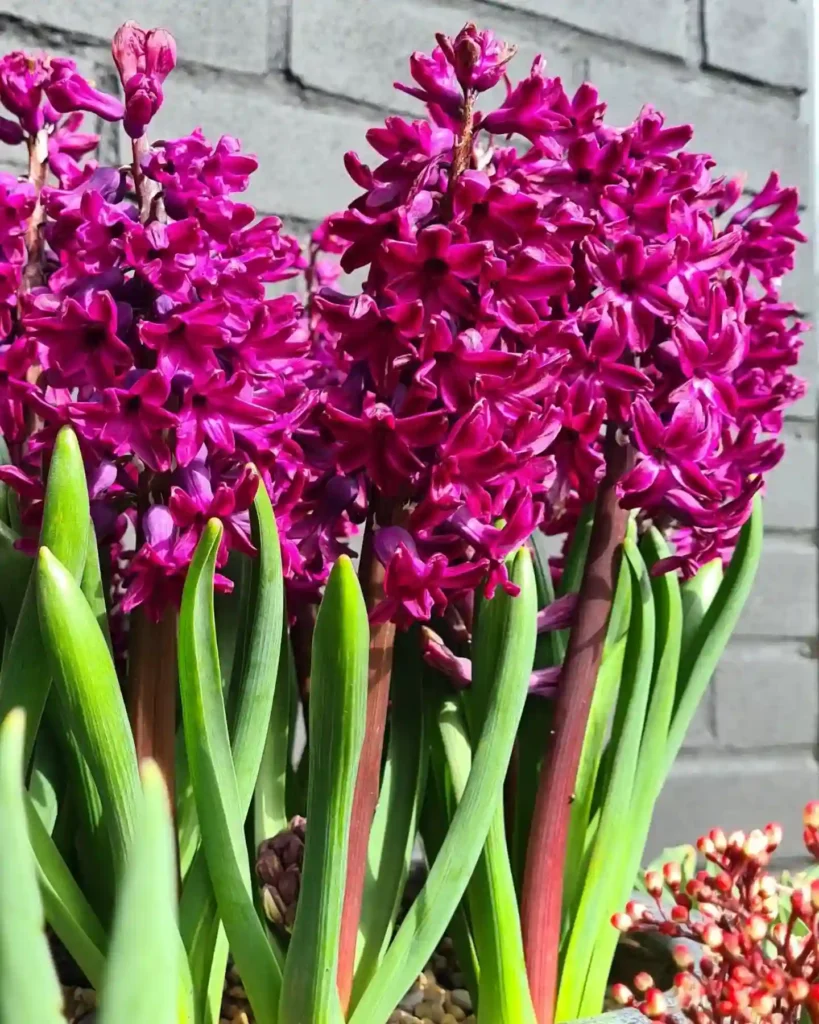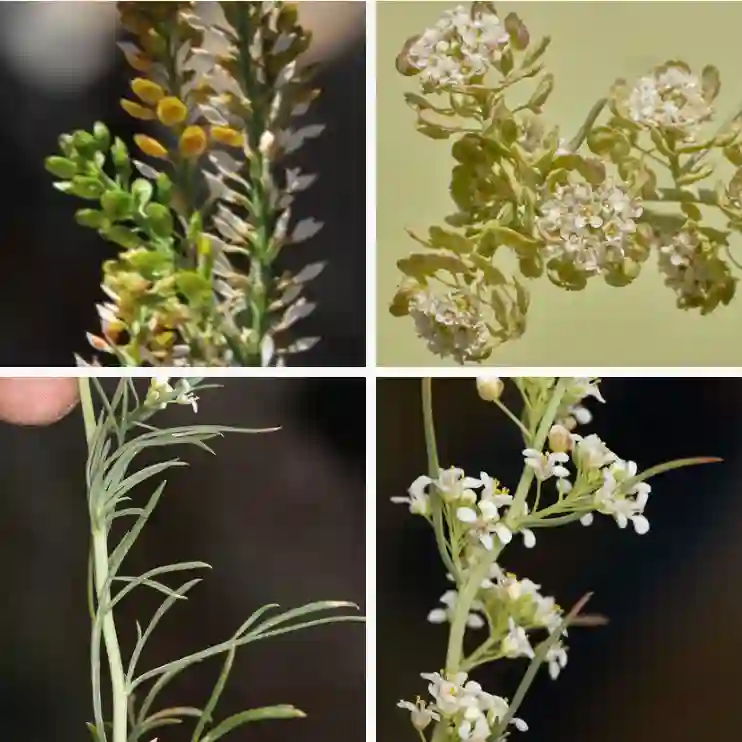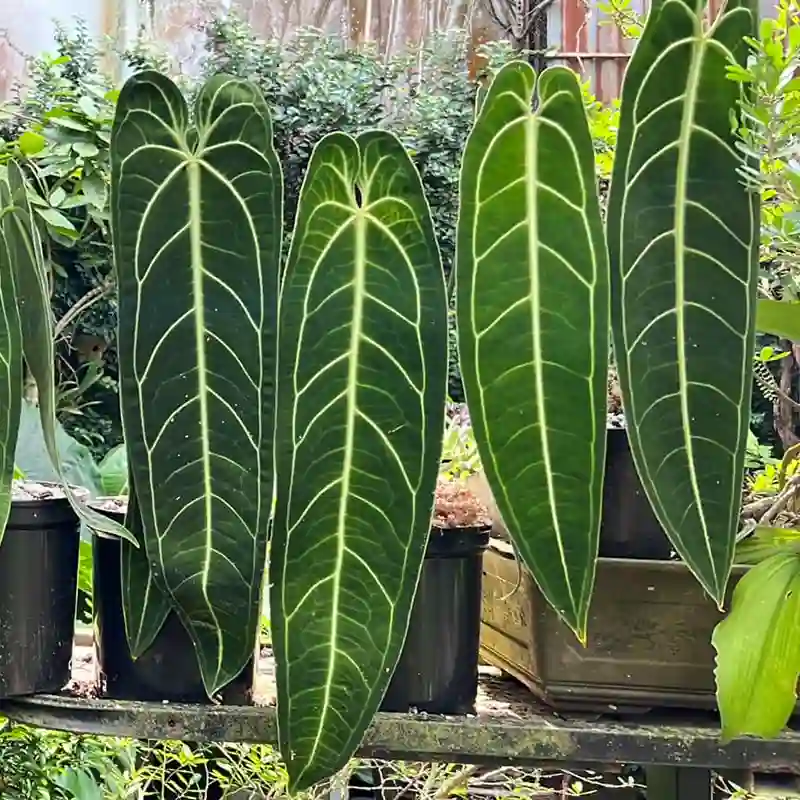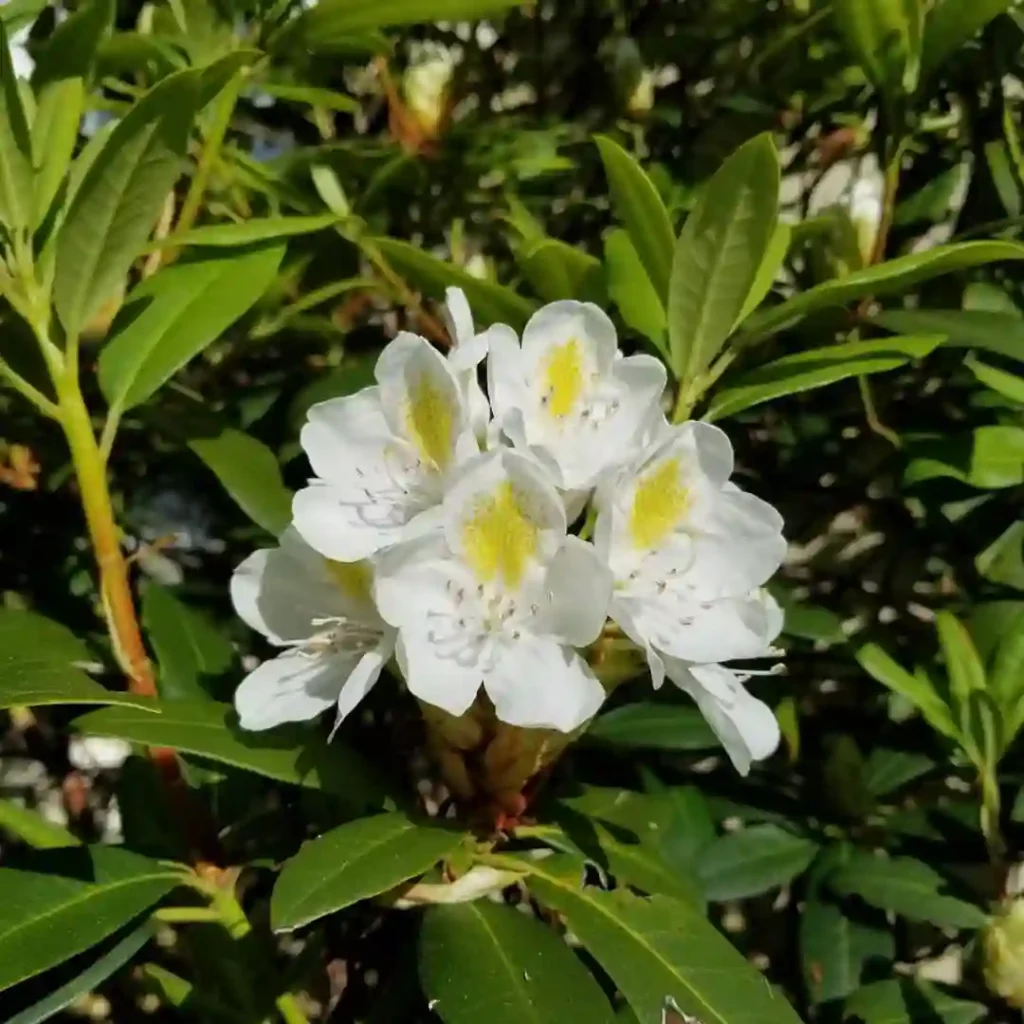
Ficus Maclellandii: Your Guide to the Elegant Alii Fig
Hi, Ferb Vu here! Today, we’re diving into the world of the Ficus Maclellandii, also known as the Alii Fig or Banana Leaf Fig. This stunning evergreen has become a popular houseplant choice, and for good reason. Its elegant looks and relatively low-maintenance needs make it a perfect fit for many homes.
But before you rush out and grab one, let’s explore some frequently asked questions about the Ficus Maclellandii.
880 Species in Genus Ficus
What is a Ficus Maclellandii?
The Ficus Maclellandii is a species of fig plant native to Southeast Asia, India, and China. In its natural habitat, it can grow up to 25 meters tall. However, as a houseplant, it typically reaches a more manageable 6-10 feet.
This fig boasts unique, elongated leaves that resemble banana leaves, hence the nickname. The leaves are typically 8-13 centimeters long and come in two forms: narrower leaves on lower branches and broader leaves higher up. This dimorphic characteristic adds a touch of visual interest.
Ficus Maclellandii vs. Ficus Benjamina: Which One Should I Choose?
Both the Ficus Maclellandii and the Ficus Benjamina (Weeping Fig) are popular houseplant choices, but they do have some key differences. Here’s a quick comparison to help you decide:
- Leaf shape: The Ficus Maclellandii has elongated, glossy leaves, while the Ficus Benjamina has smaller, oval-shaped leaves.
- Growth habit: The Ficus Maclellandii grows straighter, with fewer branches, compared to the weeping habit of the Ficus Benjamina.
- Light needs: Both prefer bright, indirect light. However, the Ficus Benjamina can tolerate lower light conditions slightly better.
- Maintenance: Both are relatively low-maintenance, but the Ficus Maclellandii might be slightly less fussy about watering.
Ultimately, the best choice depends on your preference. If you love the sleek, modern look and are comfortable with slightly more watering needs, the Ficus Maclellandii is a great option.
How to Care for Your Ficus Maclellandii?
Providing the right care will ensure your Alii Fig thrives indoors. Here are some key things to keep in mind:
- Light: Bright, indirect light is ideal. Avoid direct sunlight, which can scorch the leaves.
- Watering: Water deeply when the top 1-2 inches of soil dry out. Don’t let the plant sit in soggy soil.
- Humidity: While not strictly necessary, moderate humidity can benefit your Ficus Maclellandii. Grouping it with other plants or using a humidifier can help.
- Temperature: Aim for a comfortable room temperature between 65-80°F (18-27°C).
- Fertilizer: A balanced houseplant fertilizer applied monthly during the growing season (spring and summer) can be beneficial.
Pruning and Propagation
The Ficus Maclellandii responds well to pruning, allowing you to control its size and shape. You can prune any time of year, but spring or summer are ideal. Use sterilized pruning shears to remove unwanted branches, and fertilize lightly after pruning to encourage new growth.
Propagation can be done through stem cuttings. Take a healthy stem tip with a few leaves, dip it in rooting hormone (optional), and plant it in a well-draining potting mix. Keep the soil moist and provide warmth (around 70°F or 21°C) for successful rooting.
Common Problems with Ficus Maclellandii
While generally a resilient plant, there are a few issues you might encounter:
- Leaf drop: Sudden leaf drop can be caused by stress factors like sudden changes in light, temperature, or watering. Address the cause and your plant should recover.
- Brown leaves: This can be due to underwatering, overwatering, or low humidity. Check watering habits and consider using a humidifier.
- Pests: Mealybugs and scale are occasional visitors. Treat them with insecticidal soap or neem oil solution.
By following these tips and addressing any problems promptly, you can enjoy your Ficus Maclellandii for many years to come.
Conclusion
The Ficus Maclellandii offers a touch of elegance and greenery to any indoor space. With its manageable size, beautiful foliage, and easy care requirements, it’s a fantastic choice for plant enthusiasts of all levels. So, why not give this stunning fig a try and add a touch of the tropics to your home?
If i die, water my plants!



